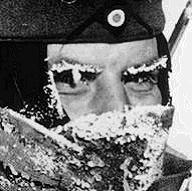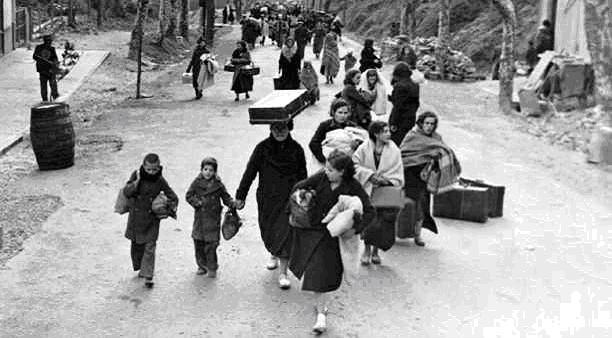
|
Germans Freeze in the Russian Winter
During the fall and early winter of 1941, German armored divisions had advanced toward Moscow at a rapid pace, capturing hundreds of thousands of Soviet troops in the process. By late November, German armored divisions, within a day’s travel, threatened the city. But by the first week of December, snow began falling, and temperatures plunged to -40° C (-40° F). The German soldiers, not dressed for winter weather, were freezing and losing their will to fight. Their equipment also froze, becoming useless. The Russian winter finally accomplished what its military had failed to do: It halted the German offensive.
|
